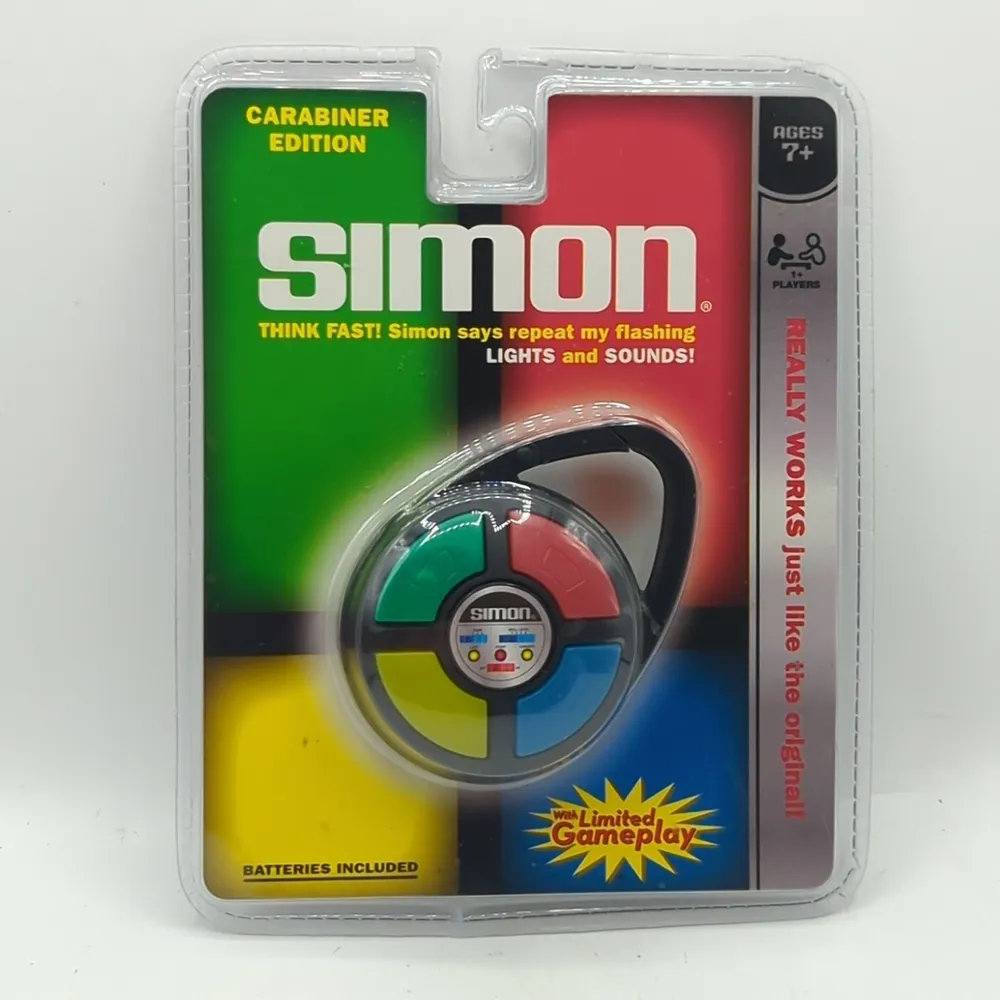Simon (1978)
Simon
Simon is an electronic game of short-term memory skill invented by Ralph H. Baer and Howard J. Morrison, working for toy design firm Marvin Glass and Associates, with software programming by Lenny Cope. The game was named after the children’s game “Simon Says” and was inspired by an Atari arcade game called Follow-Me. Simon was released by Milton-Bradley in 1978 and was a hit upon release, representing an evolution in tabletop gaming.
Why is Simon Popular?
Simon was one of the first electronic games that required players to use their short-term memory skills to repeat a sequence of tones and lights on a four-button surface. The game became popular due to the novelty of the microprocessor chip and the rise of computer-based diversions. Simon has remained a pop culture fixture for over 40 years and has seen many iterations and reinventions.
Game Components of Simon
How To Setup Simon
To set up Simon, simply insert the batteries into the device. Ensure the batteries are correctly aligned and securely in place. Once powered, Simon is ready to use. There are no complex assembly requirements, making it straightforward to get started.
Gameplay Mechanics and Game Objective
Player Experience
Playing Simon is a challenging and engaging experience that tests short-term memory skills. The game starts simple but quickly becomes more complex, making it appealing to a wide range of ages. The harmonic tones and colorful lights add to the game’s charm, making it both fun and mentally stimulating.
Pros
Cons
Personal Thoughts on Simon
Simon is an excellent game for anyone looking to challenge their memory and reaction time. It is particularly suited for children and adults who enjoy retro gaming or are looking for a nostalgic experience. The game’s simplicity and progressive difficulty make it accessible to a broad audience, while its educational benefits add an extra layer of value. Whether you’re a fan of classic electronic games or just looking for a fun and mentally stimulating activity, Simon is a great choice.
We are supported by our audience. When you purchase through links on our site, we may earn an affiliate commission, at no extra cost for you. Learn more.

